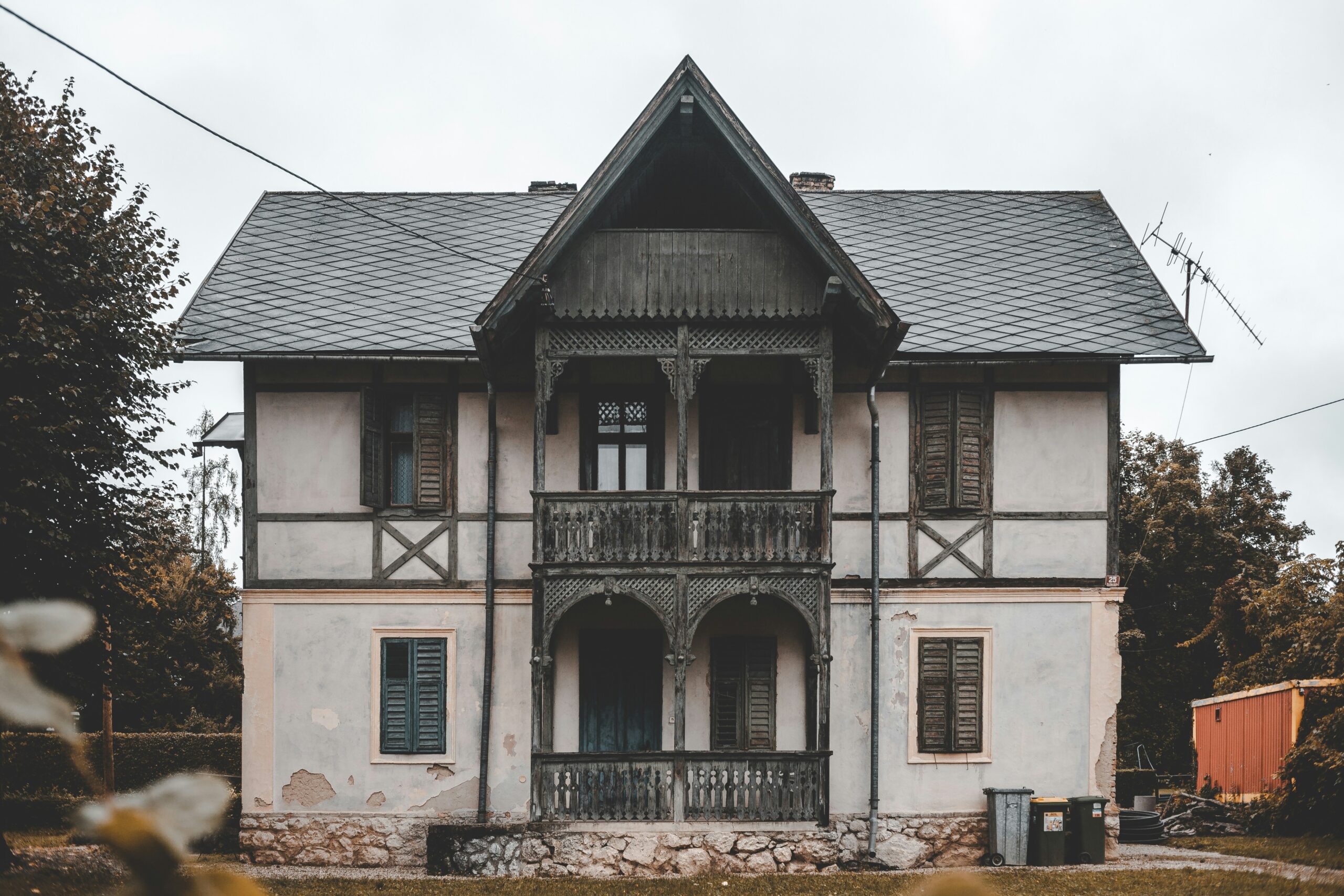You might think that buying an old home is a good way to enjoy a vintage aesthetic. However, it isn’t always a good idea as old houses have numerous problems. Even if you buy one at an affordable price, the expenses of renovation or remodeling may equal the cost of a new home.
While you may fancy an antique house because of its history, you need to put aside your sentiments and decide logically. In the long run, some buyers of old homes end up regretting their decision as it consumes their finances, time, and energy. If you’re on the verge of purchasing an old home, here are five dangers associated with aged houses.
Outdated Electrical and Plumbing Systems
In the past, building codes were not as strict as they are now and electrical demands were also lower. Electricians used aluminum or cloth wiring systems. Unlike the newer electrical systems, these wiring methods are less durable, more corrosive, have weaker conductivity, and higher fire risks, making them incompatible with modern appliances.
Besides this, you are likely to encounter plumbing issues in old homes since their pipes are of materials like steel and lead. These materials often rust and contaminate water, leading to health hazards. Being weak and worn out. These piles can also burst or crack at any time/
Poor Energy Efficiency
Home design trends were different back in the days. Houses had single pane windows, and very thin walls and these features affect insulation. As such, the house is much colder in winter as heat escapes. Then in winter, heat rises, making it difficult to attain a suitable temperature indoors all through the year.
To achieve a balance in temperature, you’ll need to rely heavily on heating and cooling systems, leading to an increase in energy bills. While you can upgrade the heating, ventilation, and air conditioning systems, and install energy-efficient windows, you may need a knockdown rebuild to alter the structure of the home.
Structural and Foundation Problems
Houses that have lasted for several decades often develop structural issues. Such problems aren’t always related to the architecture and construction of the home. For example, shifting soil can cause uneven floors which increases the likelihood of slip and fall accidents in these homes.
The foundation may also suffer erosion damage and have cracks that cause water to seep in, promoting mold growth. Over time, the walls of the foundation can bow, wooden beams may rot, and the roof could sag. Foundational problems can also lead to termite infestation, putting your personal property at risk of damage.
Presence of Hazardous Materials
Research has revealed that some of the materials used in building old homes are detrimental to human well being. For example, painters use lead-based paint which is toxic and causes anemia, reproductive issues, kidney, liver, brain and nerve damage.
Asbestos is another dangerous substance used to construct aged homes. At the time, builders used it for insulation, roofing, flooring, and other purposes because of its fire-resistance, soundproofing properties, and durability. Although asbestos has some beneficial properties, it causes life threatening illnesses like epithelial mesothelioma and lung cancer.
Endnote
You may consider buying an old home because of its affordability, historic charm, or vintage appeal. However, it’s not advisable to purchase old houses as they have outdated and inefficient systems, structural problems, and dangerous materials.

